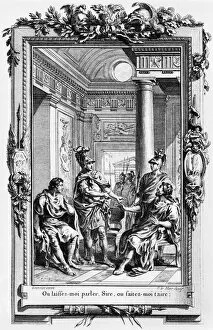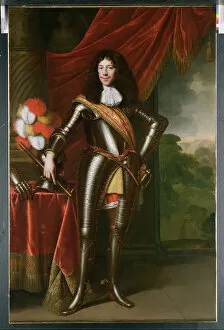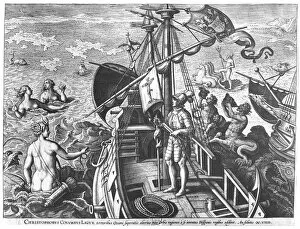Feathered Helmet Collection
"Feathered Helmet: A Symbol of Power and Conquest throughout History" From the regal reign of Louis XIV to the epic voyages of Christopher Columbus
All Professionally Made to Order for Quick Shipping
"Feathered Helmet: A Symbol of Power and Conquest throughout History" From the regal reign of Louis XIV to the epic voyages of Christopher Columbus, the feathered helmet has been a striking emblem of authority and triumph. This captivating headpiece, adorned with feathers that symbolize strength and courage, has graced the heads of notable figures in history, leaving an indelible mark on their legacies. In the 17th century, Louis XIV wielded his sword not only as a weapon but also as a tool to crush religious opposition. As depicted in Pierre Corneille's "Nicomede, " this monarch donned a magnificent feathered helmet while asserting his dominance over Protestant Reformed religion. The image captures both his commanding presence and unwavering determination. Similarly, Moliere's "Amphitryon" showcases another illustrious figure wearing this majestic headgear. Engraved by Jean Sauve, it portrays Napoleon I between War and Peace during tumultuous times around 1815. The feathered helmet becomes a visual representation of power balanced precariously between conflict and harmony. The allure of the feathered helmet extends beyond European history. In Francois I's portrait charging at the Battle of Marignan in 1515 or William IV's princely depiction with knee piece from 1711-51, these leaders proudly wear their helmets adorned with plumes as they lead their troops into battle – symbols not just for protection but also for inspiration. Even explorers like Christopher Columbus embraced this iconic headpiece during their daring expeditions across uncharted waters. On board his caravel discovering America, he wore a feathered helmet that embodied bravery and discovery – an enduring testament to human curiosity pushing boundaries. Beyond its association with conquests and military might, we find glimpses of sensuality intertwined with divinity through depictions such as Odysseus' encounter with Calypso or the captivating Venus.














